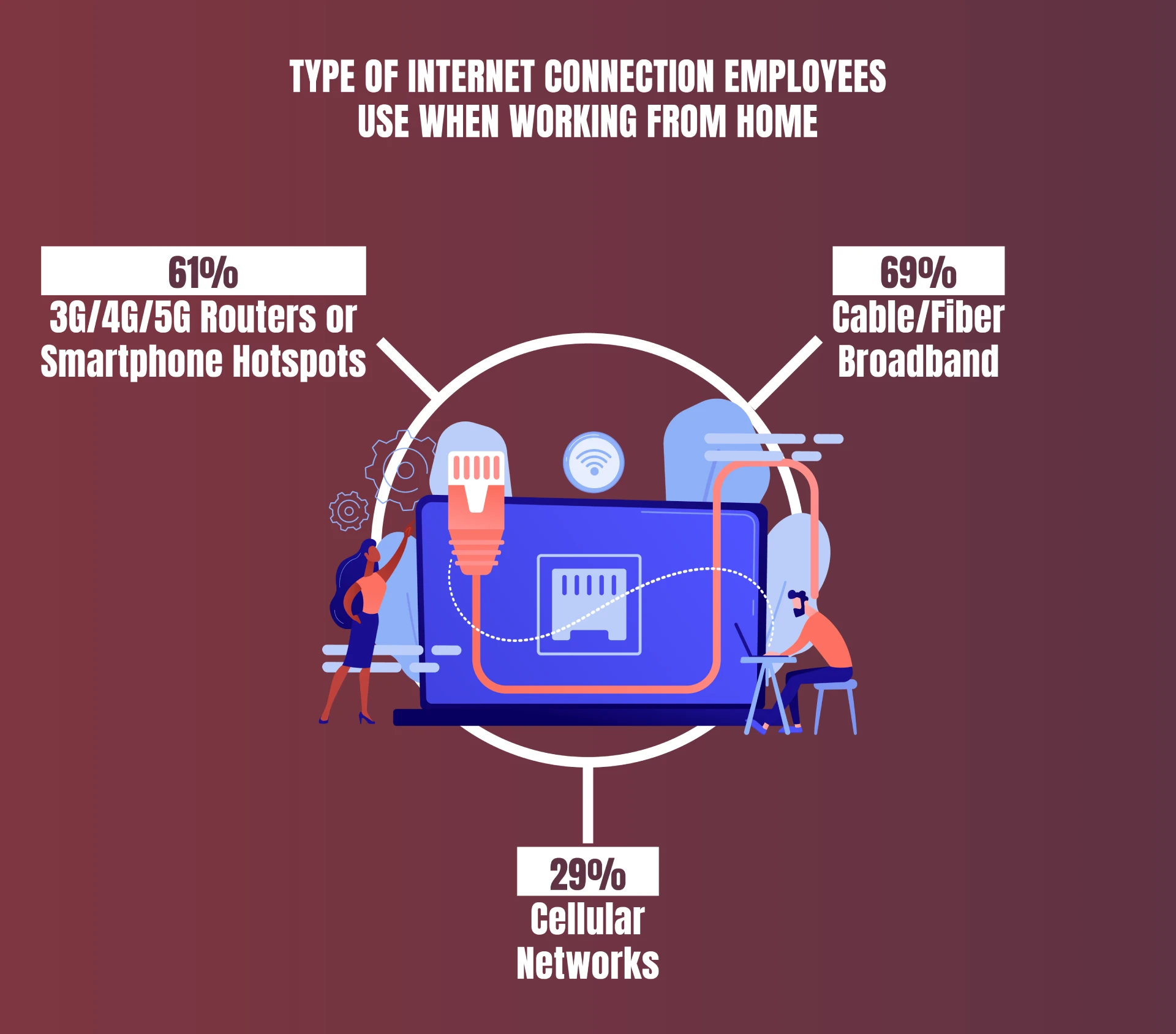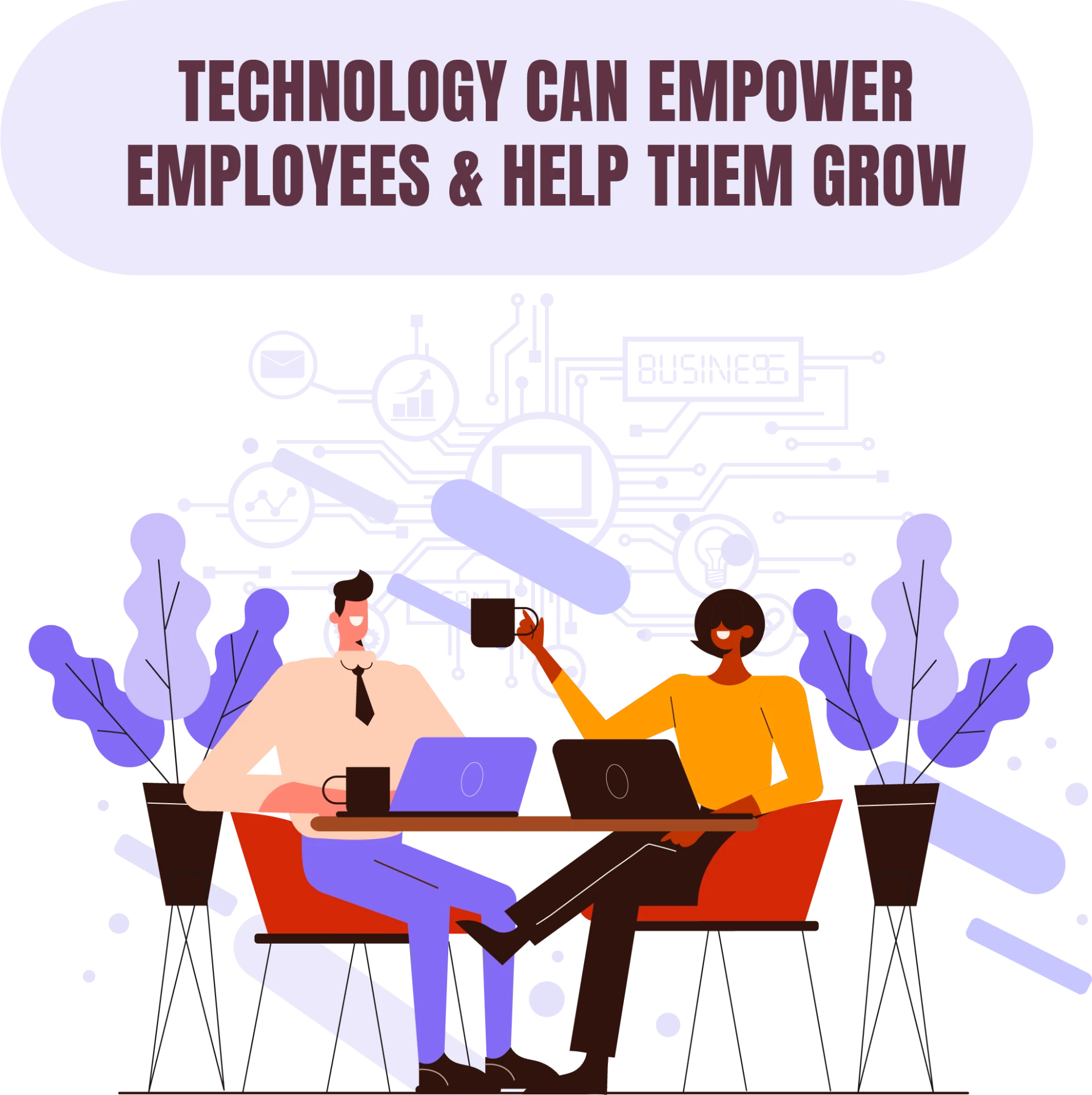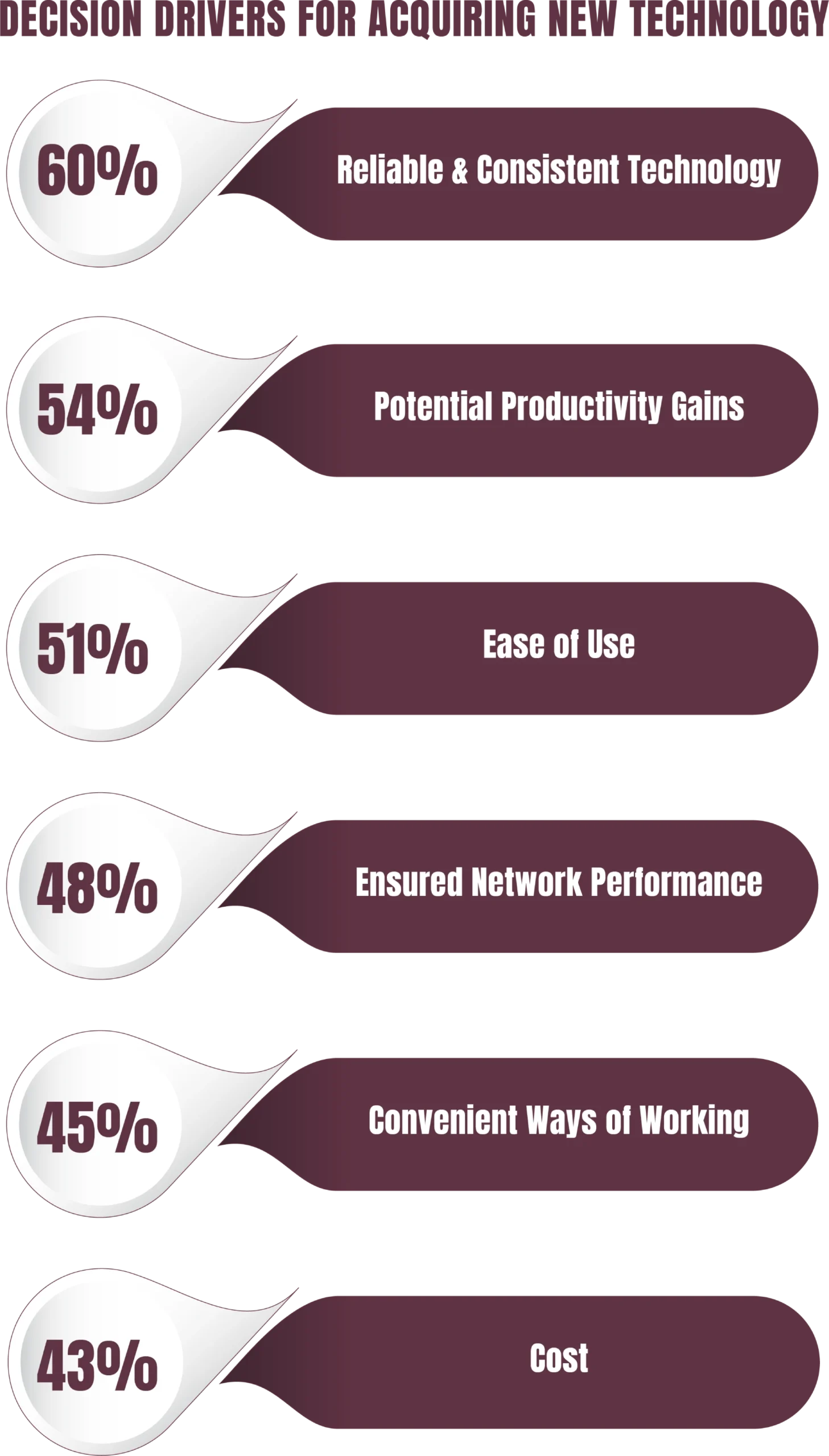- Home
- Technology
- The Rise of the Remote Worker: ...
The Rise of the Remote Worker: How Technology is Transforming the Workplace
23-Aug-2023
The COVID-19 pandemic has led to a shift in the way we work, with many employees now enjoying the flexibility of working from home. This has led to a growing demand for flexible work arrangements, with 52% of employees considering it an essential requirement and 25% making it their top priority when looking for a new job.
This shift in thinking is due to a number of factors, including the realization that work can be done effectively from anywhere, the importance of work-life balance, and the desire for more autonomy and control over one’s work.
Technology is playing a pivotal role in enabling this new work paradigm, with tools such as video conferencing, cloud computing, and project management software making it possible for employees to collaborate and stay connected even when they are not in the exact physical location.

Mobile connectivity is essential for flexible working, especially in areas with limited or no permanent connectivity infrastructure.
The research shows that 69% of employees use cable or fiber broadband to access the internet when working from home, but 29% exclusively use cellular networks. This is especially true in rural areas, where 4 out of 10 employees use mobile networks to connect to the internet.
Remote work has the potential to bridge the rural-urban divide by enabling people to live and work in places that were previously inaccessible due to a lack of connectivity. This could lead to a reverse brain drain, as people who would have otherwise left rural areas for better job opportunities are able to stay and contribute to their local economies.

The COVID-19 pandemic has acted as a catalyst for increased technology adoption within the workplace, leading to changes in how work is approached. This surge in technology usage has brought about several advantages. These include improved productivity, efficiency, and flexibility, all of which are pivotal for businesses. A noteworthy statistic reveals that 58% of decision-makers have recognized that digitizing work processes has made their operations more adaptable and agile.
Another positive outcome of increased technology use is the enhanced self-assuredness experienced by those who effectively utilize digital tools for productivity. While the positive impacts of technology are evident, it’s imperative to acknowledge the associated challenges, as these advancements can have a dual impact. Noteworthy among these are elevated stress levels and concerns regarding employer surveillance.
As technology advances rapidly, continuous employee upskilling is vital to harness its benefits. Interestingly, 52% of employees believe technology will aid their growth through learning tools. Digital training is key to maintaining value in current roles and the job market. It allows skill enhancement without disrupting work. Over 70% of decision-makers plan to use online platforms for upskilling.
Decision makers believe that the increasing use of ICT is one of the most important work trends since the pandemic began. This has led to a change in their teams’ behaviour, with 62% of decision makers reporting that their teams do most or all of their work using digital tools. This shift has also led to improved productivity, with 59% of decision makers claiming that greater technology use has improved their organizations’ productivity.

Despite the benefits of digitization, only 2 out of 10 employees feel they have access to the necessary digital tools at work. This is a missed opportunity for businesses, as 71% of decision makers say it is crucial to prioritize investments in new work tools and technology to aid employees.
However, when making investment decisions, decision-makers often put cost- and time-saving strategies ahead of the preferences and demands of their workforce. This discrepancy on technology is causing distrust and information silos between employers and employees.
Decision makers have a genuine opportunity to cooperate with employees as they now consider digitalization a game changer in driving productivity and employee wellbeing. By focusing on the digital employee experience rather than short term cost savings, decision makers can resolve conflicts between employers and employees, lessen digital friction, and boost internal collaboration and customer experience.
Another good starting point for reducing friction in the era of hybrid and remote work is ensuring that employees have devices fit for remote work and steady and reliable connectivity regardless of where they work.

Over 70% of employees and employers expect that by 2025, more people will be working from home. However, some employers are concerned about the lack of visibility into the work of remote employees. As a result, there is a growing demand for remote surveillance and measurement tools. About half of employees believe that remote work will be enabled by technological advancements. Of these employees, 65% think that monitoring will be commonplace. This means that many employees expect to be monitored while they are working from home.
The use of remote surveillance and measurement tools raises privacy concerns. Employees may feel like they are being watched and judged, which can lead to stress and anxiety. It is important for employers to be transparent about their use of these tools and to respect the privacy of their employees.






